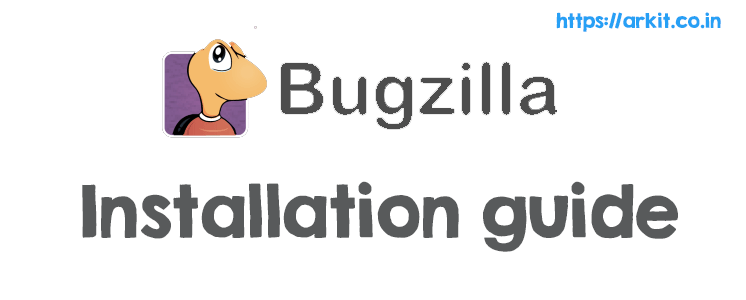

#Centos bugzilla password
ThisĮnsures that someone cannot guess at the root password from the network.īy default, MySQL comes with a database named ' test' that anyone canĪccess. Normally, root should only be allowed to connect from ' localhost'. You should remove them before moving into a This is intended only for testing, and to make the installation To log into MySQL without having to have a user account created for Root user without the proper authorisation.īy default, a MySQL installation has an anonymous user, allowing anyone Setting the root password ensures that nobody can log into the MySQL OK, successfully used password, moving on. You haven' t set the root password yet, the password will be blank,Įnter current password for root (enter for none): In order to log into MySQL to secure it, we' ll need the current SERVERS IN PRODUCTION USE! PLEASE READ EACH STEP CAREFULLY!

NOTE: RUNNING ALL PARTS OF THIS SCRIPT IS RECOMMENDED FOR ALL MySQL
#Centos bugzilla install
Utilise the following command to install Mysql secure for root. Please report any problems with the /usr/bin/mysqlbug script! You can test the MySQL daemon with Ĭd /usr/mysql-test perl Strongly recommended for production servers. Which will also give you the option of removing the testĭatabases and anonymous user created by default. usr/bin/mysqladmin -u root -h linuxhelp1 password ' new-password' usr/bin/mysqladmin -u root password ' new-password' To do so, start the server, then issue the following commands: PLEASE REMEMBER TO SET A PASSWORD FOR THE MySQL root USER ! Support-files/rver to the right place for your system To start mysqld at boot time you have to copy Initializing MySQL database: Installing MySQL system tables. Run the following command to start the mysqld services. ~]# /sbin/chkconfig httpd on To configure MySQL Server ~]# chkconfig mysqld on Iptables: Saving firewall rules to /etc/sysconfig/iptables: ~]# iptables -I INPUT -p tcp -dport 80 -j ACCEPT ~]# service iptables save

Open the port 80 in the firewall and save changes by running the following command. > Package httpd.x86_64 0:2.2. will be installed Loading mirror speeds from cached hostfile Loaded plugins: fastestmirror, refresh-packagekit, security bugzilla]# yum install httpd mod_ssl mysql-server mysql php-mysql gcc perl* mod_perl-devel Install some packages, before installing Bugzilla.


 0 kommentar(er)
0 kommentar(er)
